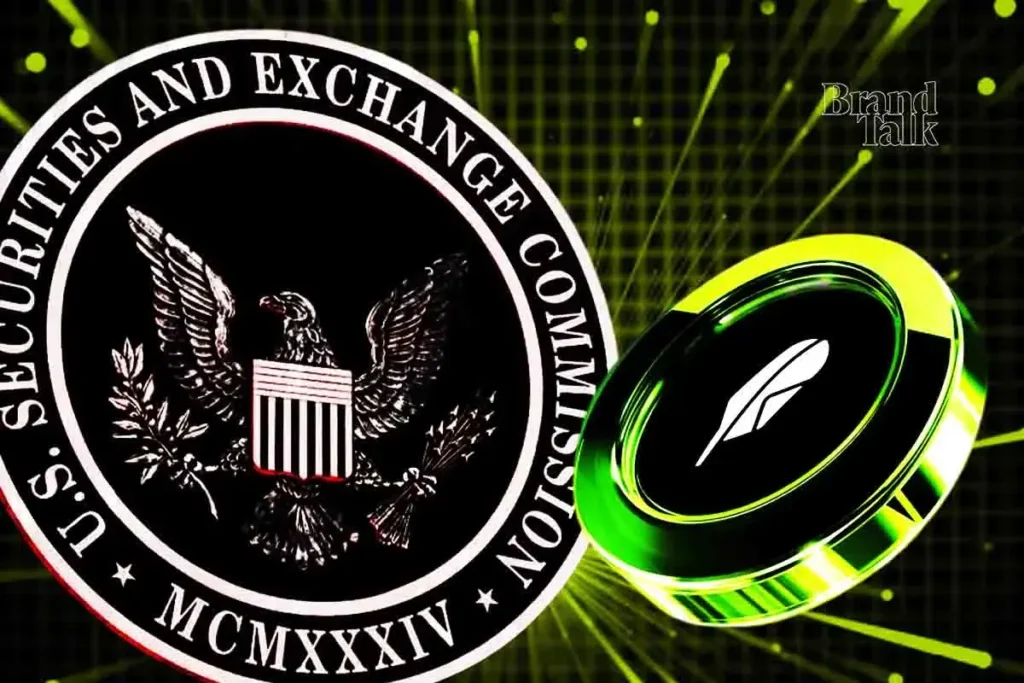Understanding Tokenized Securities: Insights from the SEC
In recent developments within the realm of digital assets, U.S. SEC Commissioner Hester Peirce has made a significant statement concerning the status and implications of tokenized securities. This comes at a time when well-known crypto exchanges, such as Robinhood and Kraken, are poised to offer representations of U.S. equities on the blockchain. As these platforms embark on this journey to tokenize stocks, Peirce’s remarks provide valuable insights into the regulatory landscape that surrounds tokenization.
SEC’s Position on Tokenized Equities
Commissioner Peirce emphasizes that while blockchain technology is powerful, it doesn’t magically alter the nature of the underlying asset. Her statement asserts that tokenized securities remain classified as securities, subject to federal securities laws. This clarification is crucial for market participants, especially new entrants and traditional firms that are enthusiastic about blockchain’s capabilities. The SEC Chair, Paul Atkins, previously endorsed the move to tokenized equities, indicating a readiness to establish frameworks that support stock tokenization, thereby aligning Peirce’s comments with the agency’s overall position.
The Promise and Risks of Tokenization
Peirce recognizes the transformative potential of blockchain for distributing and trading securities. Tokenization can streamline the capital formation process and broaden opportunities for investors to utilize their assets as collateral. However, she also cautions that companies like Robinhood and Kraken must navigate various risks as they introduce tokenized products. For instance, there’s a possibility for third-party tokenization, which could result in unique counterparty risks for investors purchasing tokens from unaffiliated entities. This duality encapsulates both the opportunities and challenges that blockchain technology introduces to the securities landscape.
Importance of Regulatory Compliance
One of the key takeaways from Peirce’s statement is the necessity for compliance with federal securities laws. Market participants engaging in the distribution, purchase, and trading of tokenized securities must be vigilant about their disclosure obligations. Peirce illustrates this with a practical example: a token might serve as a receipt for a security, which remains a security in its own right but is distinct from the underlying asset. This complicates the traditional understanding of securities and underscores the importance of regulatory considerations in the tokenized ecosystem.
The State of Tokenized Securities: Close Liaison with Regulators
In light of ongoing discussions with regulators, Peirce encourages market participants to engage proactively with the SEC as they craft their tokenization strategies. This collaborative approach is intended to foster an environment in which innovation can coexist with regulatory oversight. The willingness of the SEC to work with firms to establish suitable exemptions or modernize rules concerning blockchain technology is indicative of a regulatory landscape that aims to balance innovation with investor protection.
Notable Industry Trends and Warnings
The momentum behind tokenized securities is also observable in OpenAI’s recent disavowal of any partnership with Robinhood regarding its tokenized stock offerings. This, combined with statements from Robinhood’s CEO, Vlad Tenev, about ongoing regulatory discussions, reflects the complexities that come with introducing tokenized equities. The evolving nature of these discussions shapes not only the offerings of these exchanges but also sets expectations for compliance and due diligence.
Conclusion: The Future of Tokenized Securities
Hester Peirce’s insights offer a crucial framework for understanding the current state of tokenized securities amidst the rise of blockchain technologies. As exchanges like Robinhood and Kraken chart new paths in tokenization, they must navigate a landscape rife with both opportunity and regulatory challenges. By aligning their operations with federal securities laws and engaging with the SEC, market participants can ensure a compliant and productive environment for tokenized products. As the dialogue between innovation and regulation continues, the future of tokenized securities holds promise for enhancing capital markets while safeguarding investor interests.


